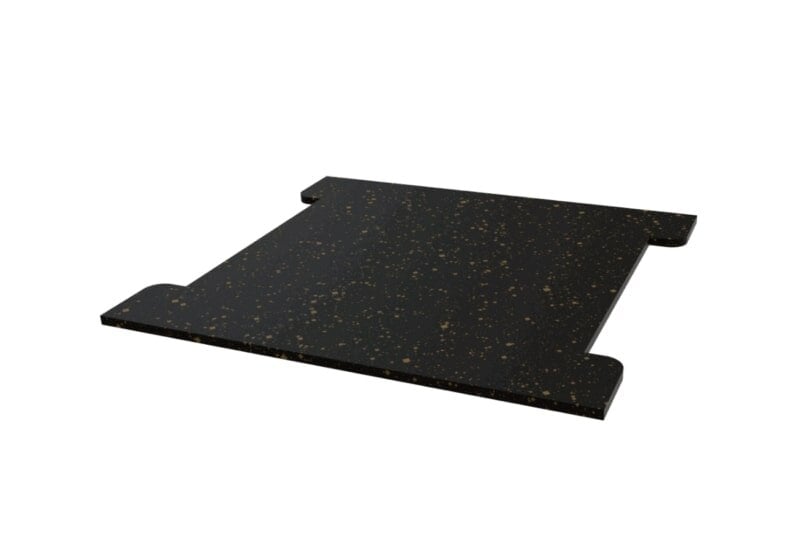Engineering Resilience: Cork–Rubber Rail Pads for High-Performance Track Infrastructure
As railways around the world push for higher durability, reduced noise, and lower environmental impact, one key component quietly plays a central role: the rail pad.
amorimcorksolutions.com

Sitting between the rail and the sleeper, the rail pad ensures smooth load transfer, reduces track fatigue, and filters out vibrations. But not all rail pads are created equal.
Cork–rubber composite rail pads, developed by companies like Amorim Cork Solutions, offer a unique combination of performance, sustainability, and reliability that outperforms traditional elastomer-only options.
What Makes Cork–Rubber Composites Special?
Cork–rubber composites merge two complementary materials:
. Cork brings high compressibility, excellent damping, low density, and strong elastic recovery.
. Rubber adds mechanical strength, flexibility, and durability under stress.
This synergy allows the composite to absorb and dissipate vibrations more effectively, especially under repeated mechanical loading — a constant in railway applications.
Technical Performance that Stands the Test of Time
Rail pads are subjected to millions of load cycles over their lifetime. They need to remain resilient, maintain rail-seat stiffness, and resist environmental degradation. Cork–rubber rail pads excel in these areas thanks to their:
. High fatigue and aging resistance.
. Stability across a wide temperature range (−20°C to 40°C).
. Consistent damping over frequencies from 200 to 2500 Hz.
. Superior performance in vibration attenuation compared to rubber-only pads.
Scientific research supports this: studies have shown that cork–rubber materials retain mechanical integrity and predictable damping behavior over time and environmental variations, making them ideal for both high-speed and urban rail systems.
Cork–rubber composite rail pads represent a proven, and forward-looking technology in railway infrastructure. By combining high mechanical performance with outstanding vibration control and unmatched environmental credentials, these pads are fast becoming the go-to solution for modern railway systems focused on sustainability, efficiency, and long-term reliability.
Proven in the Field: Amsterdam Metro Line 52
One notable example of cork–rubber rail pads in action is Amsterdam’s Metro Line 52, a technically demanding project due to the city’s soft subsoil and need for vibration control. Using Amorim’s cork–rubber pads as part of the NZL49 fastening system, the line was able to meet strict acoustic and structural requirements, while ensuring long-term adjustment capacity and low maintenance. The solution is EN 13481-5 Category A certified and has been described as both technically robust and environmentally conscious.
www.amorimcorksolutions.com

